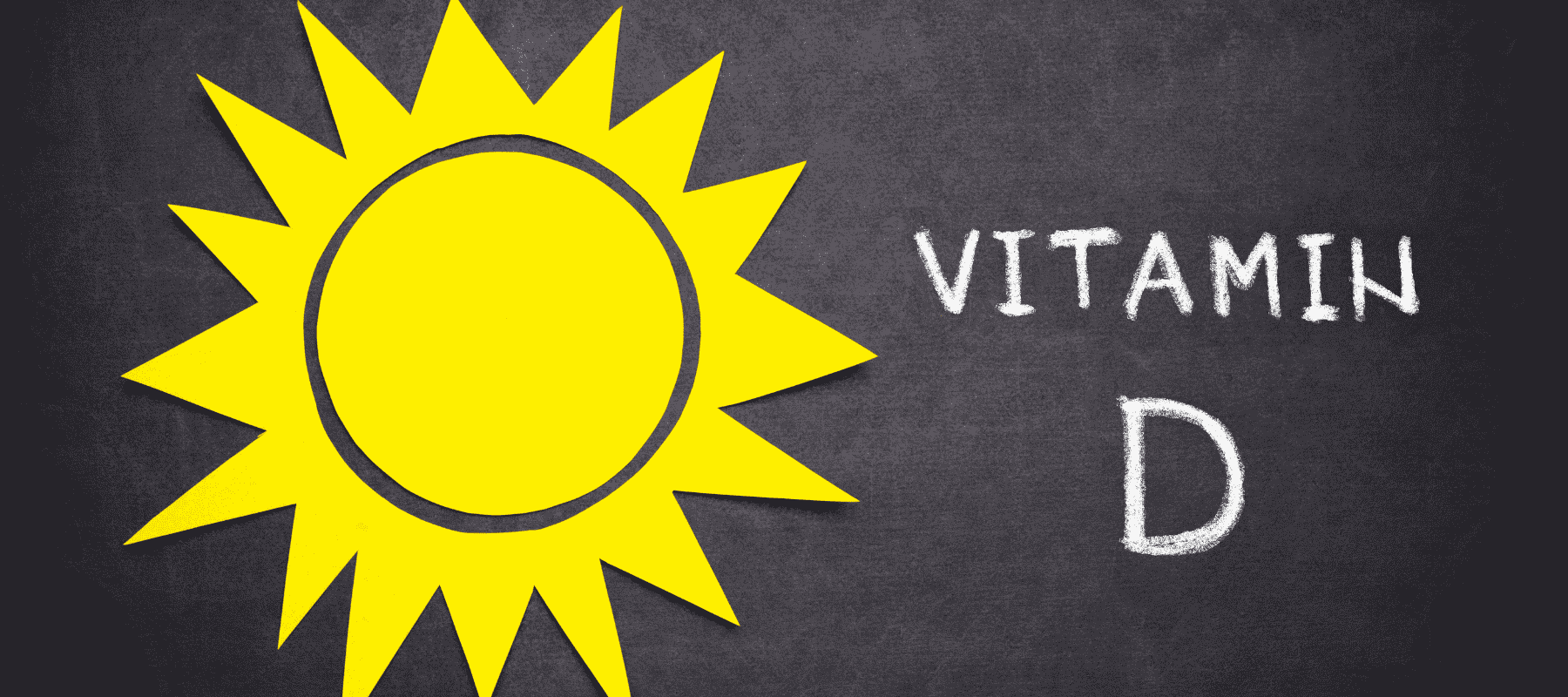When it comes to health, we often think about protein, iron, or calcium — but vitamin D quietly works behind the scenes, supporting nearly every system in your body. Known as the sunshine vitamin, it’s unique because our skin can produce it naturally when exposed to sunlight.
Yet despite this, deficiency is widespread, affecting millions worldwide. Let’s explore why vitamin D is important, what happens when we don’t get enough, and how to maintain healthy levels.
Why Vitamin D Is Essential
Vitamin D is a fat-soluble vitamin that plays a vital role in:
- Bone strength — by helping the body absorb calcium and phosphorus
- Immune support — improving resistance against infections
- Muscle function — aiding strength and reducing risk of falls in older adults
- Mood and mental well-being — with low levels linked to seasonal affective disorder (SAD) and depressive symptoms
- Overall health — emerging research suggests roles in heart health, diabetes prevention, and even brain function
Signs You May Be Low in Vitamin D
Vitamin D deficiency often develops silently, but some common signs include:
- Persistent fatigue and low energy
- Muscle weakness or cramps
- Bone or joint pain
- Frequent illnesses or slow recovery from infections
- Low mood or “winter blues”
Severe deficiencies can lead to rickets in children or osteomalacia in adults — conditions where bones become soft and brittle.
How Much Do You Need?
Daily recommended intake varies by age and health status:
- Infants (0–12 months): 400 IU
- Children & Adults (1–70 years): 600 IU
- Older Adults (71+ years): 800 IU
These are general guidelines. Some people — such as those with darker skin, limited sun exposure, or certain health conditions — may need higher amounts, as determined by a healthcare provider.
Sources of Vitamin D
- Sunlight
Just 10–30 minutes of midday sun exposure on face, arms, or legs, a few times per week, can help. However, factors like skin tone, sunscreen use, season, and geography can limit production. - Food
Natural sources are limited but include:- Fatty fish (salmon, sardines, mackerel)
- Egg yolks
- Fortified foods (milk, plant-based alternatives, cereals)
- Mushrooms exposed to UV light
- Supplements
Many people, especially in colder climates or with indoor lifestyles, may need supplements. Vitamin D3 (cholecalciferol) is generally preferred for better absorption.
Tips for Healthy Vitamin D Levels
Pair vitamin D with healthy fats (like nuts or olive oil) for better absorption
Get regular, safe sun exposure when possible
Include vitamin D-rich foods in your diet
Test your levels if you experience persistent fatigue, weakness, or bone pain
Always consult a healthcare professional before starting supplements


